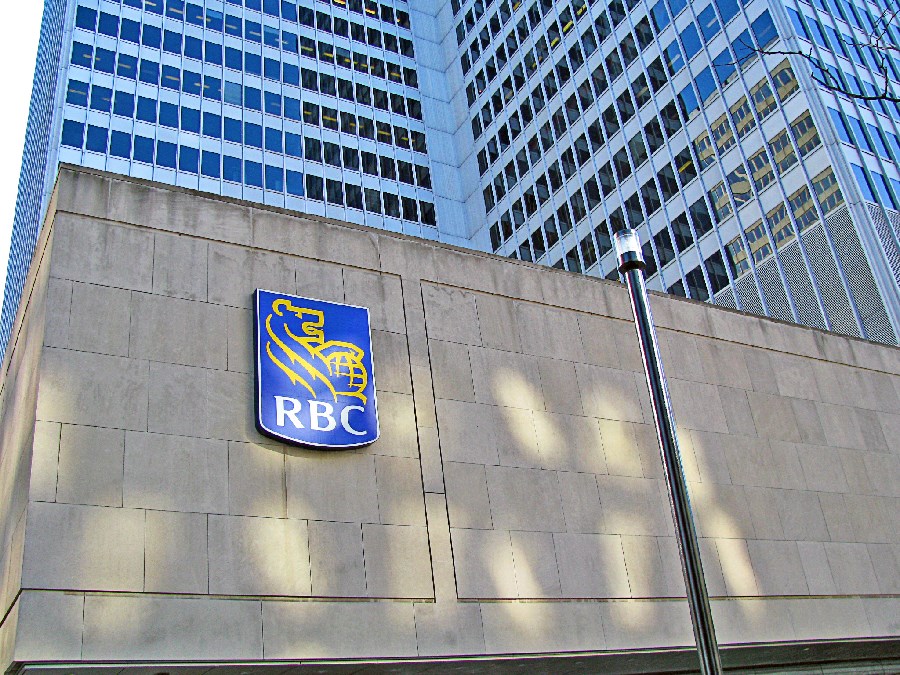
Wide-moat-rated Toronto-Dominion Bank (TD) reported fiscal second-quarter results that reflected the impacts of the coronavirus-related economic downturn, though the bank still reported decent results from a top line and balance sheet perspective. TD missed S&P CapIQ consensus estimates, with adjusted earnings per share coming in at $0.85, down approximately 51% year-over-year. This result was accompanied by a concurrent 51% year-over-year decline in adjusted net income. The bottom line was pressured this quarter as a result of an approximately 250% increase in provisioning compared with the last quarter as the bank shores up against loan losses. This is a trend seen among all the Canadian and U.S. banks under our coverage, as the banks are boosting reserves in anticipation of future COVID-19-linked losses. TD still saw decent top-line results, with revenue up 3% and expenses down 2% compared with the year-ago period. This resulted in a 48.6% efficiency ratio, an impressive result for a bank. The adjusted return on common equity came in at 9.8%. TD's common equity Tier 1 ratio was 11%, down from 11.7% last quarter. A 10% quarter-over-quarter increase in risk-weighted assets contributed to approximately 80 basis points of this decline. Even so, we think the bank remains adequately capitalized to weather this downturn. Based on these results, we are lowering our fair value estimate to $80.
Provisioning for credit losses as a proportion of loans and acceptances (PCL ratio) jumped to 1.76% compared with 0.52% last quarter. While this increased on both the Canadian and U.S. front, the increase was particularly significant for TD's U.S. exposure as the bank reserves against COVID-19 related loan losses. The bank cited exposure to the oil and gas industry as a key contributor to the higher ratio. TD saw strong balance sheet growth, with loans up 12.6% and deposits up 23% year-over-year. The increase in loans was led by business & government loans, with clients drawing down commitments and re-depositing them to shore up on liquidity. The bank’s net interest margin, or NIM, was 1.91%, down 11 basis points compared with the year ago period. We expect further pressure on NIM in the upcoming quarters due to past rate cuts that will impact both the Canadian and U.S. segments for the rest of the year.
The Canadian retail segment experienced a 37% year-over-year decline in net income, largely as a result of a $873 million increase in provisioning compared with the year-ago period. Revenue and expenses increased 1% and 4% year over year respectively. The balance sheet also grew, with loan and deposit volumes up 5% and 10% on a yearly basis. The U.S. retail segment fared worse, with net income down 88% year over year. Revenue declined 7% while expenses were up 6% year over year. Earnings related to TD Ameritrade declined by 11% year over year. We will see further pressure in these segments as a result of rate cuts and slower economic activity as the year progresses. Meanwhile, unlike some of its peers, TD did see a 42% year-over-year increase in revenue in its wholesale banking segment as a result of higher trading income. This is a trend that may be difficult to repeat in the upcoming quarters.





















